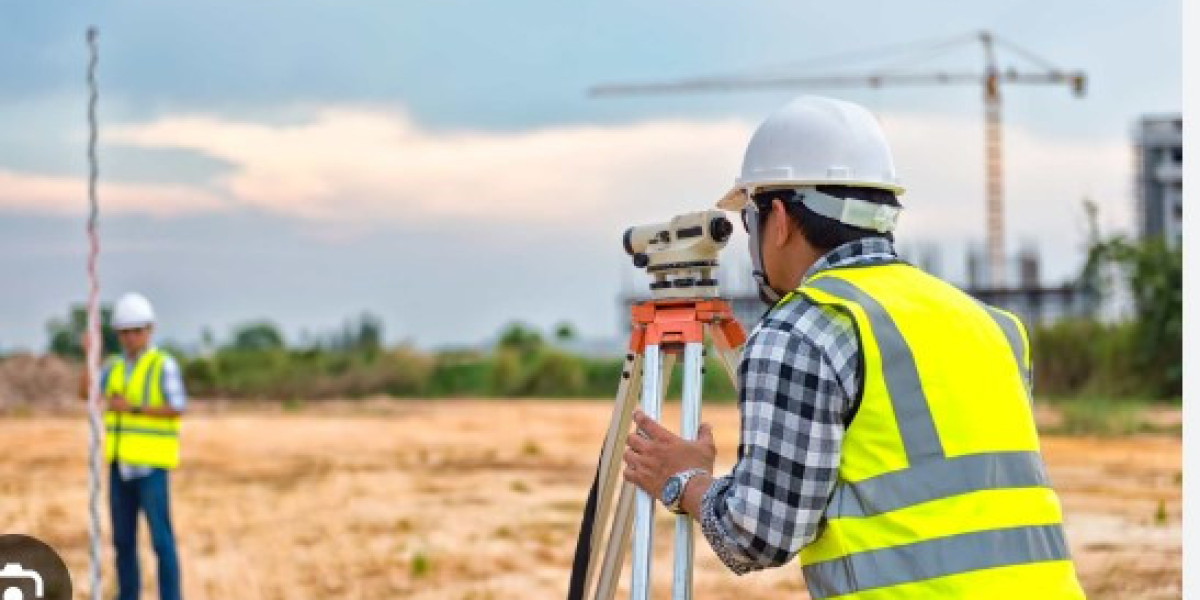Construction, archaeology, and environmental projects often share a common, critical challenge: understanding what lies hidden beneath the ground. Hitting an unexpected utility line can cause costly delays and dangerous situations. Likewise, missing a crucial archaeological artifact or misjudging soil composition can compromise an entire project. This is where a Ground Penetrating Radar (GPR) survey becomes an invaluable tool, offering a non-invasive window into the subsurface.
This guide will explain what a GPR survey is, how the technology works, and its diverse applications across various industries. By understanding the capabilities and benefits of GPR, project managers and field specialists can make more informed decisions, improve safety, and ensure their projects are completed efficiently and successfully. We will explore the practical uses of GPR and why it has become an essential technique for anyone needing to see what cannot be seen with the naked eye.
What is a Ground Penetrating Radar Survey?
A Ground Penetrating Radar (GPR) survey is a geophysical method that uses radar pulses to create an image of the subsurface. Think of it like an ultrasound for the ground. The technique is entirely non-destructive, meaning it can gather detailed information without any need for digging, drilling, or excavation.
An operator moves a GPR unit, which consists of a transmitter and a receiving antenna, across the surface of the area being investigated. The transmitter sends short pulses of high-frequency radio waves into the ground. When these waves encounter an object or a boundary between different materials (like soil and a pipe, or rock and sand), they are reflected, refracted, or scattered back to the surface. The receiving antenna records these returning signals.
The system measures the time it takes for the waves to travel down to the object and back. By analyzing this travel time and the strength of the returning signal, the GPR system can determine the depth and properties of buried objects and structures. This data is then processed by specialized software to create a visual profile of the subsurface, often displayed as a two-dimensional cross-section or a three-dimensional map.
How Does GPR Technology Work?
Understanding the core principles of a GPR survey helps to appreciate its capabilities and limitations. The process relies on the interaction between electromagnetic waves and the materials they pass through.
Key Components and Principles
- Electromagnetic Pulses: GPR works by emitting electromagnetic energy. The frequency of these pulses is a critical factor. Lower-frequency antennas (e.g., 100-500 MHz) can penetrate deeper into the ground but offer lower resolution, making them suitable for geological investigations. Higher-frequency antennas (e.g., 900-2000 MHz) provide higher resolution for detecting smaller objects but have a shallower penetration depth, which is ideal for tasks like concrete scanning.
- Dielectric Properties: The success of a GPR survey depends on the electrical properties of the subsurface materials, particularly the dielectric constant. This property determines how fast the radar waves travel through a material. A significant contrast in the dielectric constant between an object and its surrounding material is what creates a strong reflection. For instance, a metal pipe (a conductor) in dry soil (an insulator) produces a very clear and strong signal.
- Data Interpretation: The raw data collected by the GPR unit is called a radargram. It displays the reflected signals as a series of arches or hyperbolas. A trained technician analyzes these patterns to identify the location, depth, and type of buried objects. Modern software can combine multiple parallel survey lines to build a 3D model, providing an even clearer picture of the underground environment.
Common Applications of GPR Surveys
The versatility of GPR makes it a valuable tool across a wide range of industries. Its ability to provide fast, non-destructive insights into the subsurface is a game-changer for many projects.
Utility Locating and Mapping
One of the most common uses for a GPR survey is locating and mapping underground utilities. Before any excavation, it's crucial to identify the location of water pipes, gas lines, electrical conduits, and communication cables. GPR can detect both metallic and non-metallic utilities, including plastic PVC pipes and fiber-optic cables, which are often missed by traditional metal detectors. This helps prevent accidental strikes, which can be costly and extremely dangerous.
Concrete Scanning and Structural Analysis
In construction and engineering, GPR is used to inspect concrete structures. It can:
- Locate rebar, post-tension cables, and conduits embedded within concrete slabs.
- Measure the thickness of concrete slabs.
- Identify voids, cracks, or areas of deterioration within the concrete.
This information is essential before cutting, coring, or drilling to ensure the structural integrity of the building is not compromised.
Archaeological Investigations
Archaeologists use GPR to identify and map buried structures, foundations, gravesites, and other artifacts without disturbing the site. This allows them to plan excavations more strategically, focusing their efforts on areas of high interest. A GPR survey can reveal the layout of ancient settlements or locate individual historical objects, preserving the context of the site.
Environmental Assessments
In environmental science, GPR surveys help in mapping soil layers, detecting groundwater tables, and identifying the extent of contamination plumes. It can be used to locate buried drums, storage tanks, and landfill boundaries. This data is critical for site remediation planning and monitoring environmental changes over time.
Geological and Geotechnical Studies
Geologists and engineers use GPR to investigate bedrock depth, map stratigraphy (rock and soil layers), and identify subsurface voids like sinkholes or old mining tunnels. This information is vital for infrastructure projects such as building roads, bridges, and tunnels, as it helps assess ground stability and foundation requirements.
Benefits of Conducting a GPR Survey
Integrating a GPR survey into your project planning offers numerous advantages that translate to improved safety, reduced costs, and greater efficiency.
- Non-Destructive: Since it doesn't require any digging, GPR preserves the integrity of the site and structures being examined.
- Fast and Efficient: A single operator can survey a large area relatively quickly, providing real-time results and immediate feedback.
- Comprehensive Data: GPR provides detailed, high-resolution images of the subsurface, offering more information than simple spot-locating methods.
- Versatility: The ability to detect both metallic and non-metallic objects makes it suitable for a wide variety of applications where other methods might fail.
- Increased Safety: By accurately locating underground hazards like utility lines, GPR significantly reduces the risk of accidents during excavation.
Making the Invisible Visible
A GPR survey is more than just a technological process; it's a strategic tool for risk management and informed decision-making. By providing a clear view of what lies beneath the surface, GPR technology empowers project managers, engineers, and scientists to plan with confidence, avoid costly surprises, and ensure the safety of their teams. As the demand for efficient and non-invasive subsurface investigation grows, the role of the GPR survey will only become more critical in building and exploring our world safely and sustainably.
If your project requires an understanding of the subsurface, consider consulting with a professional GPR service provider. Their expertise can help you harness the full potential of this powerful technology and lay the groundwork for a successful outcome.










